The world of sumo wrestling is steeped in tradition, ritual, and symbolism, with the dohyō (土俵) standing as its sacred centerpiece. This elevated ring, meticulously crafted from clay and straw, is more than just a fighting arena—it is a spiritual space where ancient customs collide with modern athleticism. To step onto the dohyō is to enter a realm where every grain of sand carries meaning, and where the boundaries between sport and ceremony blur.
Constructed with precision, the dohyō is a circular platform measuring 4.55 meters in diameter, its surface made of special clay mixed with sand for optimal footing. The ring itself is demarcated by tightly woven rice-straw bales called tawara, partially buried in the clay. These bales serve a dual purpose: they define the wrestling area while symbolizing the sacred ropes (shimenawa) found in Shinto shrines. The entire structure is rebuilt before each tournament, a labor-intensive process overseen by the yobidashi (ushers) who ensure every detail adheres to centuries-old specifications.
The dohyō's design incorporates profound spiritual elements. Suspended above the ring hangs a roof resembling a Shinto shrine, its four colored tassels representing the seasons and celestial guardians. Beneath the clay lies a ritualistic offering—usually salt, sake, or dried squid—buried during construction to purify the space. This practice stems from sumo's origins as a religious performance to entertain kami (Shinto deities) and ensure bountiful harvests. Even today, the daily sprinkling of salt before bouts maintains this connection to purification rites.
During tournaments, the dohyō becomes a stage for sumo's dramatic hierarchy. The east and west sides correspond to the wrestlers' rankings, with higher-ranked rikishi occupying the privileged eastern position. The clay bears witness to every stomp, charge, and throw, its surface raked smooth between matches yet gradually accumulating the scars of intense competition. The tawara boundaries develop particular significance—many bouts are decided when any part of a wrestler's body, even a fingertip, touches the straw border.
Remarkably, the dohyō maintains its sacred status despite sumo's evolution into a professional sport. Women remain traditionally prohibited from entering the ring, a controversial custom rooted in Shinto beliefs about ritual purity. When former Prime Minister Junichiro Koizumi once suggested female dignitaries might present awards on the dohyō, the sumo association famously responded by constructing a separate platform beside it. Such incidents highlight how this ancient battleground continues to enforce traditions in a modernizing Japan.
The dohyō's construction follows lunar calendar timing in some regional tournaments, with the new moon phase considered auspicious for building commencement. Master builders known as dohyō-shi pass down secret techniques through generations, including the precise clay mixture that must harden to just the right consistency—too soft risks injury, too hard prevents the characteristic foot-stomping shiko exercises from leaving proper impressions. These nuances underscore how the ring itself participates in the sport's sensory experience.
Injury patterns reveal the dohyō's physical demands. The hard clay surface, though covered with a thin sand layer, contributes to the high incidence of knee and spinal injuries among wrestlers. The raised edges create a perilous drop for fighters hurled from the ring, sometimes resulting in spectacular falls into the first-row spectators. Yet these very hazards amplify sumo's drama, as rikishi must not only defeat opponents but conquer the unforgiving terrain beneath their feet.
Modern technology has subtly altered dohyō traditions without diminishing their essence. While the ring still requires hand-building, laser levels now ensure perfect flatness. Underground sumo stables sometimes install practice dohyō with shock-absorbent materials, though purists argue this dulls wrestlers' adaptation to the authentic surface. Perhaps most strikingly, the 2020 Tokyo Olympics opening ceremony featured a high-tech LED dohyō—a fleeting modernization that nonetheless paid homage to sumo's cultural centrality.
Beyond professional sumo, makeshift dohyō appear throughout Japan during festivals, where amateur wrestlers—including children and women in non-competitive contexts—engage in folk sumo traditions. These temporary rings, often marked by rope circles on beach sand or sawdust-covered ground, demonstrate how the dohyō concept permeates Japanese culture. Even the act of sweeping the ring before matches, performed with ceremonial broom strokes, finds echoes in daily shrine maintenance rituals.
The dohyō's future faces challenges as sumo wrestles with globalization. Some foreign-born rikishi have privately expressed difficulty grasping the ring's spiritual dimensions, while traditionalists resist any alteration to its sacred geometry. Yet as new generations encounter sumo, the dohyō endures as both combat zone and cultural artifact—a compacted circle of earth where Japan's past and present lock horns daily, with neither willing to step outside the straw boundary.

By James Moore/May 8, 2025
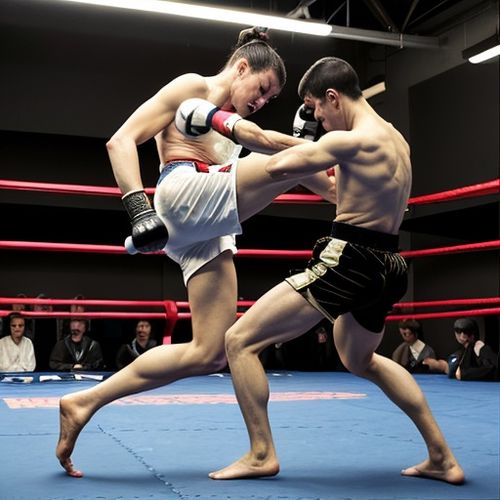
By Elizabeth Taylor/May 8, 2025
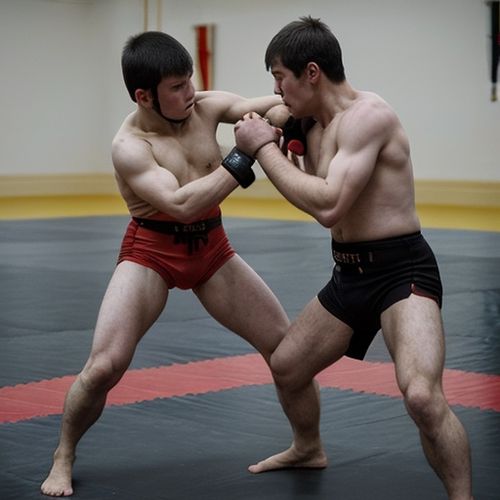
By Emily Johnson/May 8, 2025
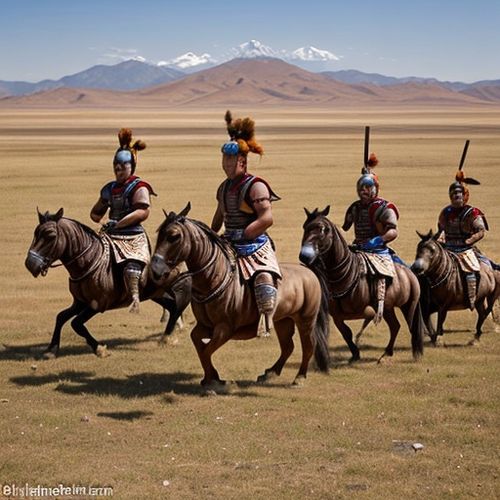
By James Moore/May 8, 2025
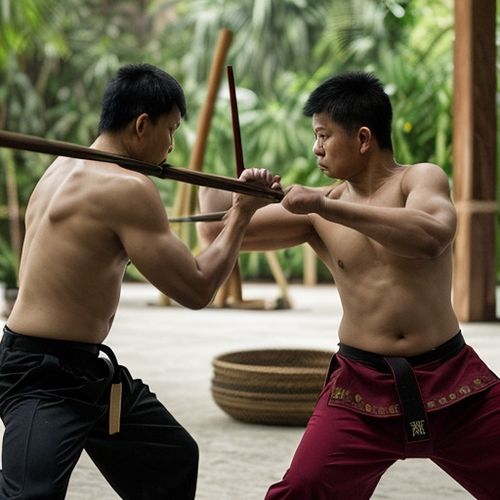
By Joshua Howard/May 8, 2025
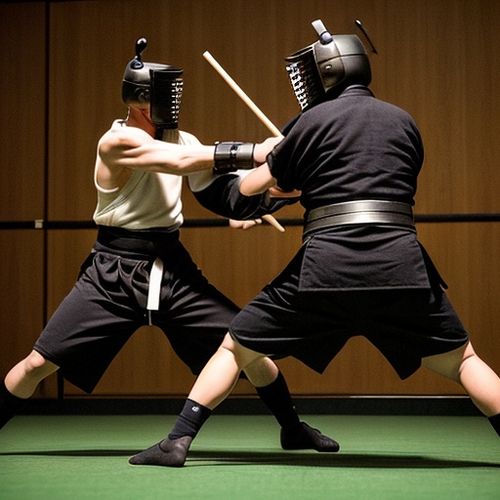
By Noah Bell/May 8, 2025
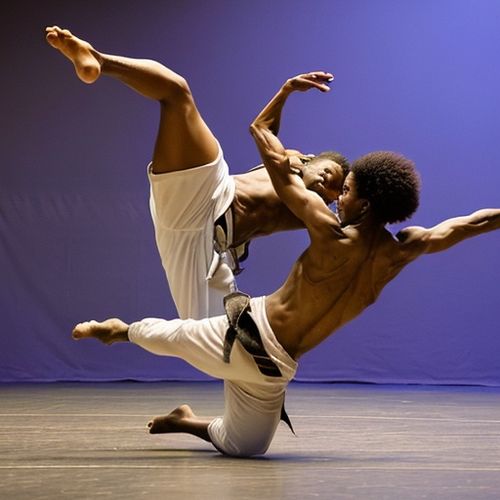
By Samuel Cooper/May 8, 2025
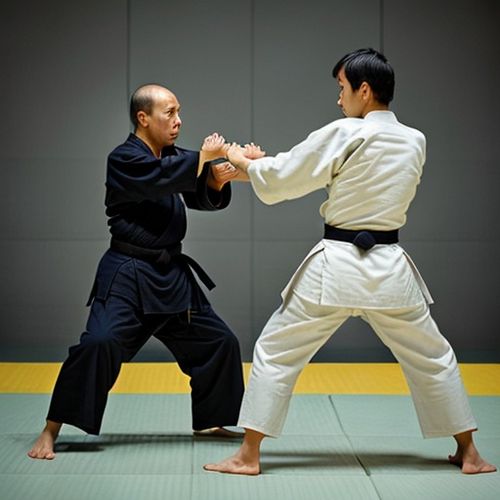
By Sophia Lewis/May 8, 2025
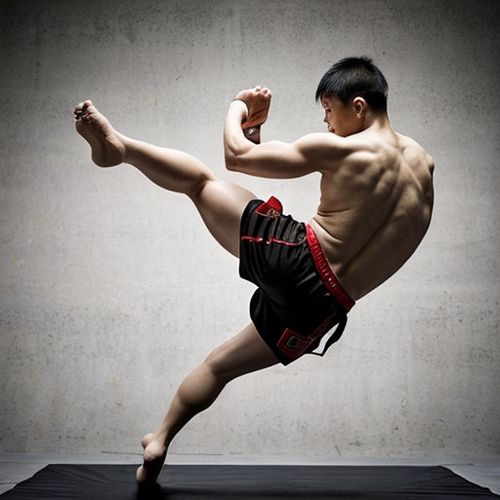
By Sophia Lewis/May 8, 2025
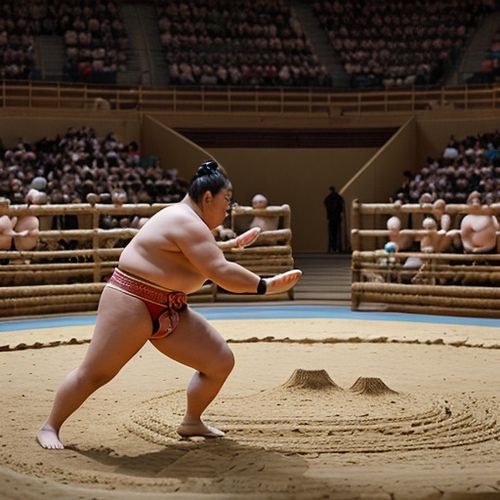
By Noah Bell/May 8, 2025

By Sophia Lewis/May 8, 2025
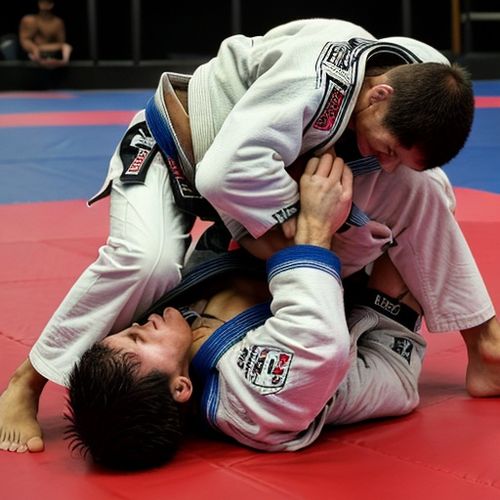
By Christopher Harris/May 8, 2025
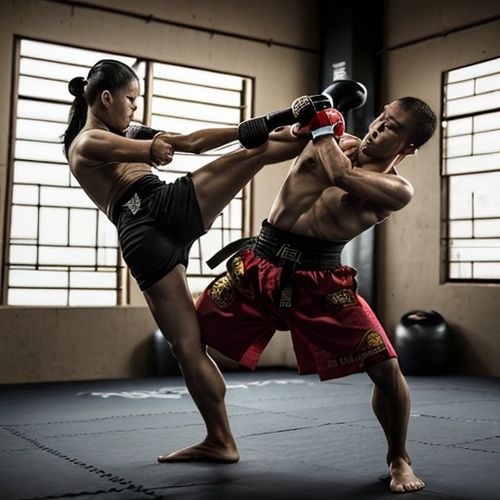
By Victoria Gonzalez/May 8, 2025
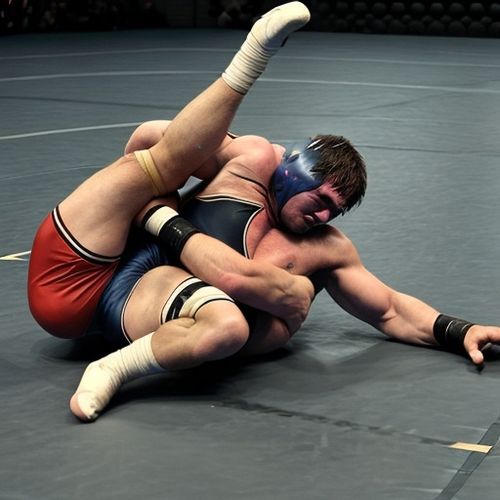
By Sarah Davis/May 8, 2025

By Joshua Howard/May 8, 2025
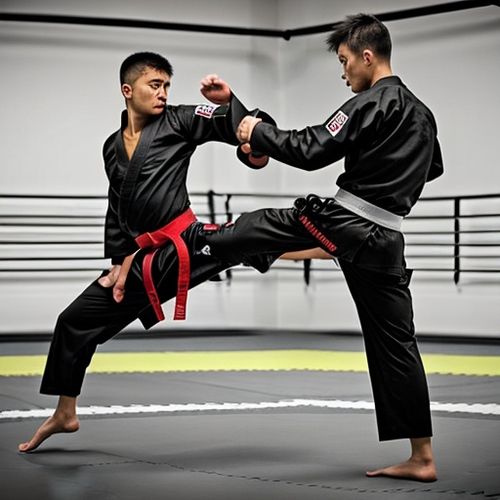
By Sarah Davis/May 8, 2025
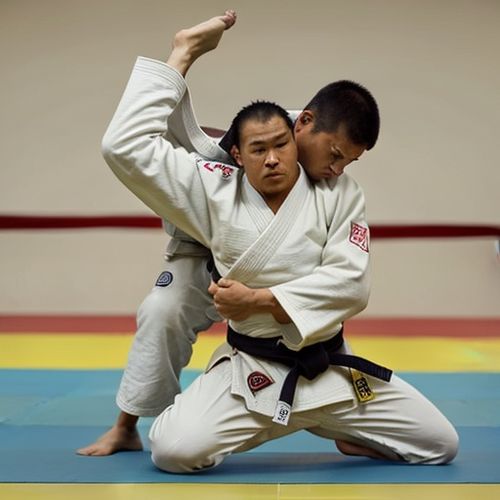
By Amanda Phillips/May 8, 2025
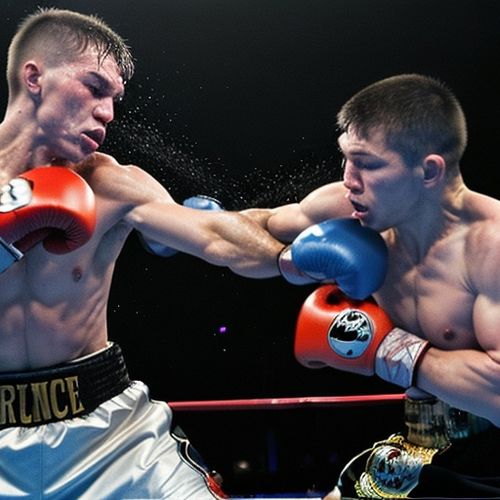
By Thomas Roberts/May 8, 2025

By Victoria Gonzalez/May 8, 2025

By Noah Bell/May 8, 2025